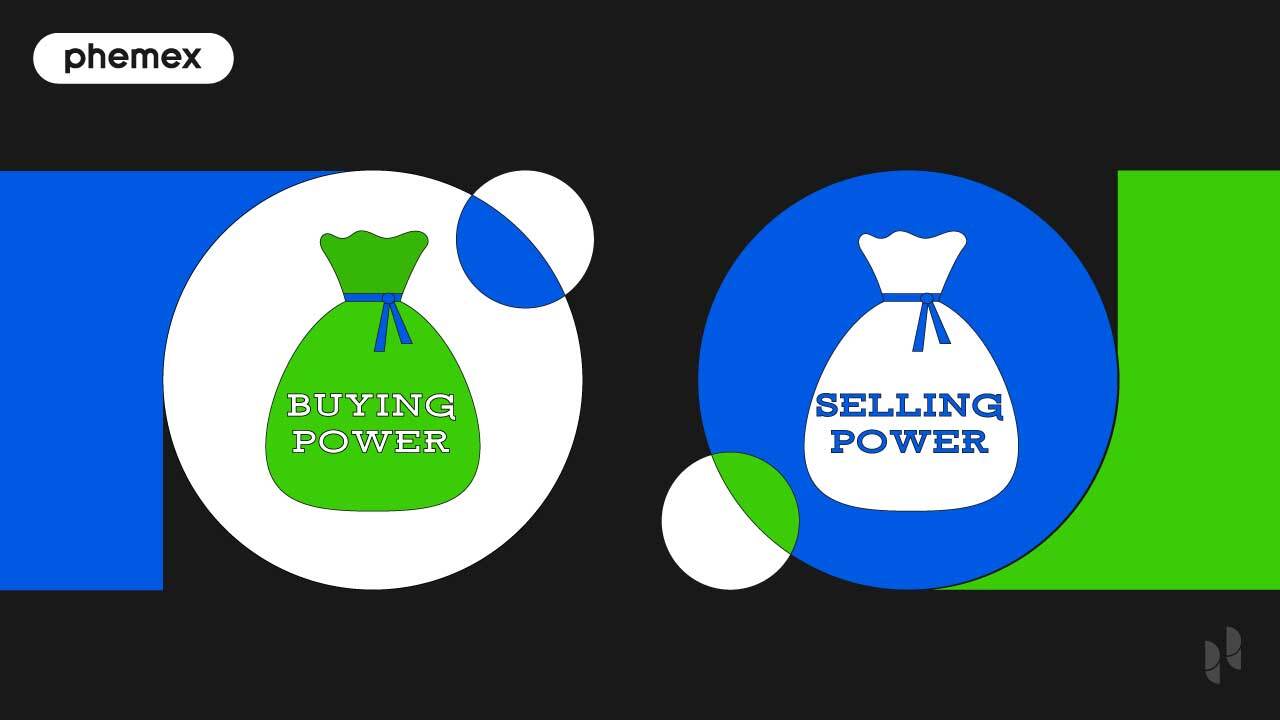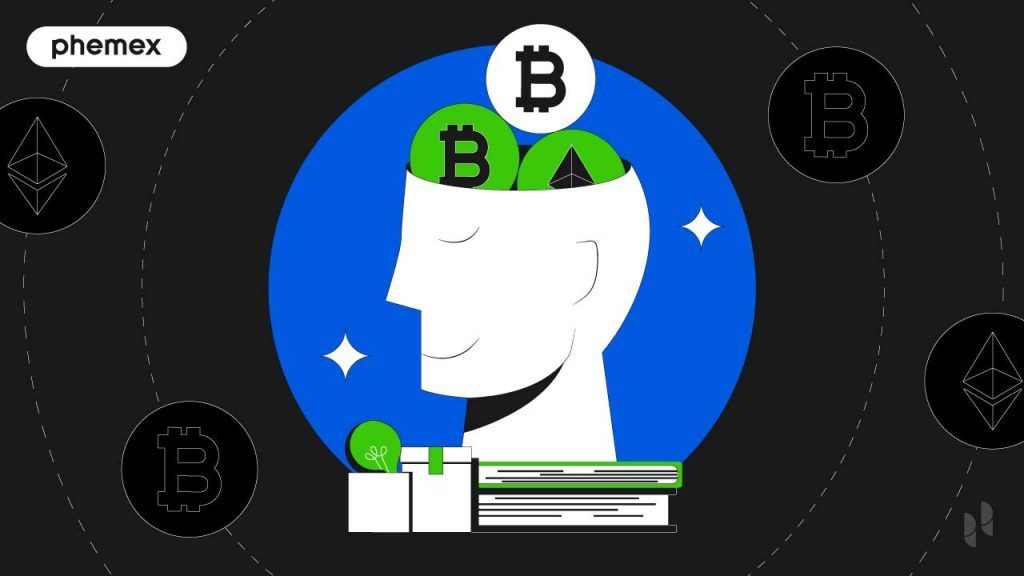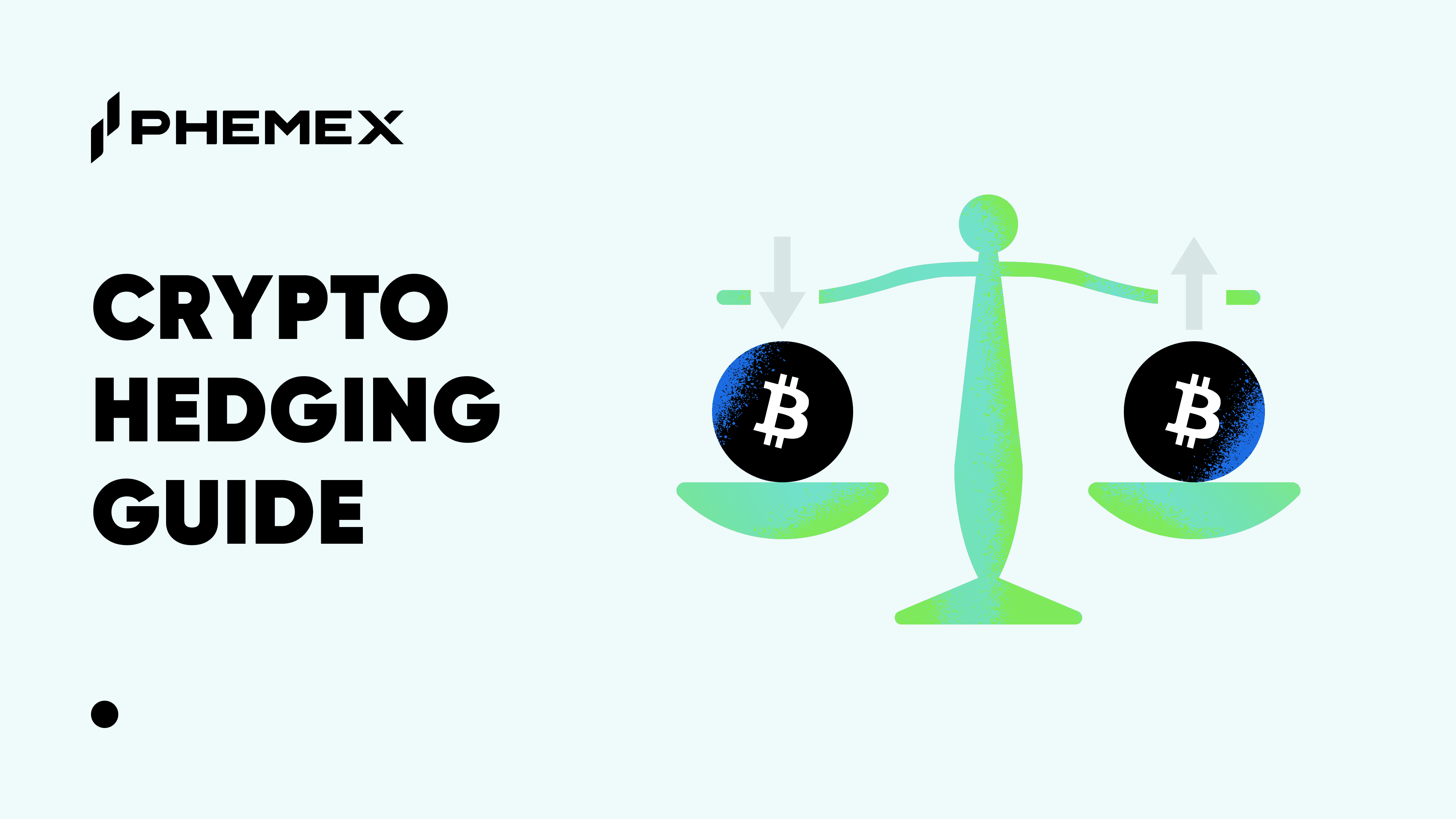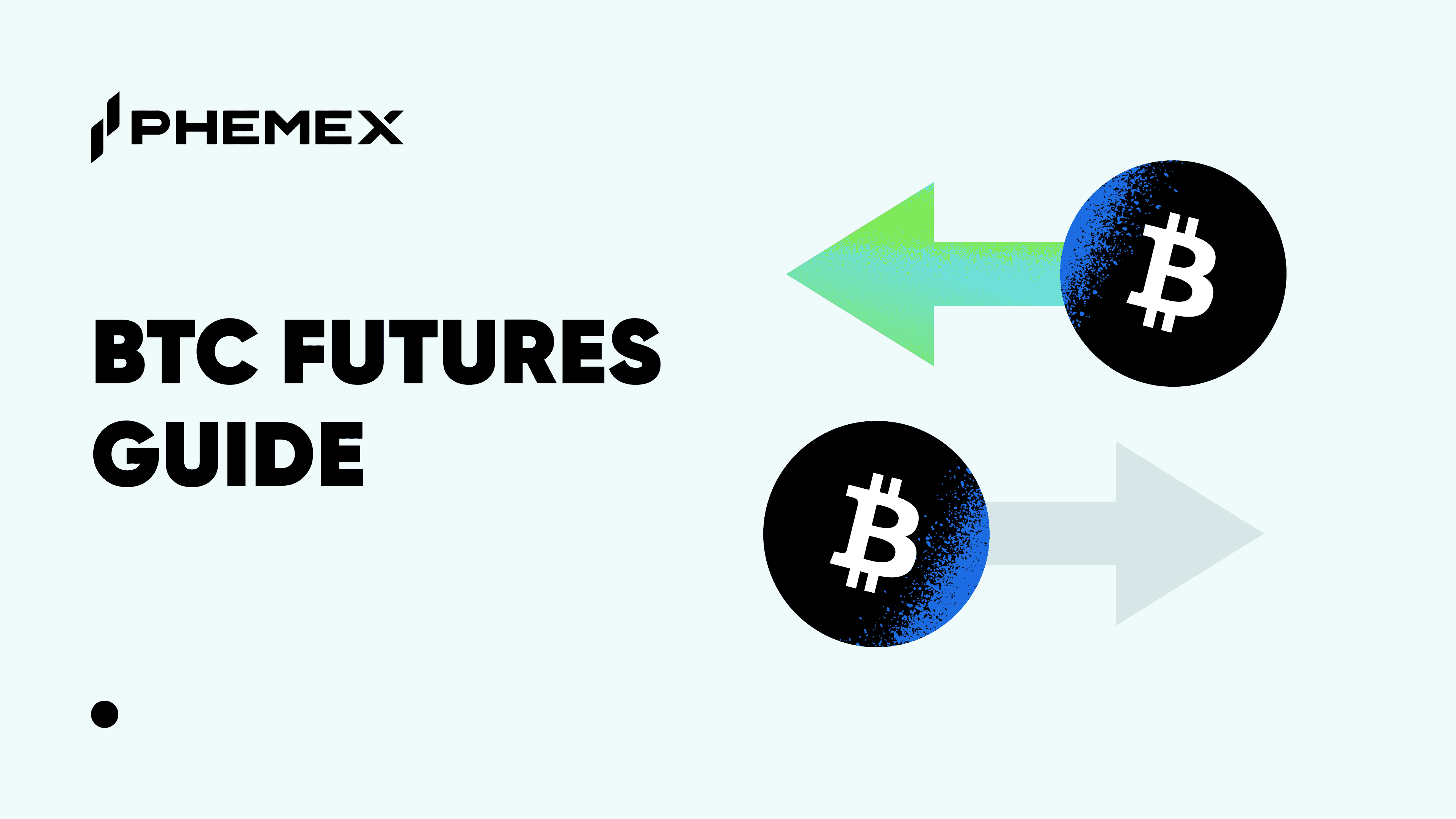Buying power determines how much profit a trader can make; with the more money they have to invest opening the doors to greater profitability. However, not all great traders have access to great sums of money, meaning no matter how good they are, they are always slower than their wealthier counterparts. This is where margin can step in — the way to increase your buying power without the need to have access to more money first.

What Is Buying Power?
When an individual looks to trade, whether in stocks, bonds, crypto, or other asset types, they will first invest a sum of money into their trading wallet. That wallet will contain all the capital they have to invest with, and regardless of whether it is their own cash, loans from brokerages, or other financial asset types, that money represents their power to buy and sell trades — that amount therefore represents their buying power.
The more money an individual has to invest, the more buying power they have, and the more buying power they have, the greater profits they can make — as the saying goes, “it is easy to make money when you already have money.”

Buying power is a very important aspect of trading as it can mean much greater profits in a shorter period of time — if an asset increases 10x, then an individual with a $10,000 investment will see their trade increase to $100,000, while he who only invested $5,000 will only see a total of $50,000. The power of having this money to invest can make a big difference. To increase buying power, even when a trader doesn’t have the money themselves, brokerages offer loans in the shape of margin. There are three main types of margin: margin buying power, day trading buying power, and portfolio margin.

Buying power determines how much profit you can make in a trade (Source: thepowerofonegroup.com)
What is Margin Buying Power or Buying Stocks on Margin?
When using centralized servers, a broker will give a trader additional money to invest in trades, or additional buying power, by extending a loan to them. The amount given can vary depending on the brokerage’s openness to risk, but generally the amount matches the amount the trader invests, meaning that they double their buying power – this type of standard margin is also known as a 2 for 1. When a user opts for this additional buying power, or “margin,” they will have opened a margin account. It should be noted that generally, margin accounts only become an option after an initial investment of $2,000 – as the brokerage needs to know that the trader also has something to lose, and that they’re in essence, invested.
Gaining additional buying power in this way can be great when markets turn bearish, as a trader will still have some money to work with to regain their footing. Having more buying power can also mean greater profits – the result will not be the same if a trader invests in a coin that goes 10x or 100x with $1,000 or if he or she invests with $2,000.
Additionally, having a margin account, as opposed to a non-margin or cash account, means that a trader can make short trades, thereby enabling greater trade flexibility and increased chances of profit. For these reasons, many brokerages use their margin buying power offering as an incentive to attract new traders. To gain the upper hand over their competitors, brokerages will often offer a margin that more than doubles a trader’s buying power.
However, this buying power also has a dark side – it being a loan after all. If a trader uses up the entirety of that loan and loses all the money, they will still have to pay the money back plus the daily interest. The moment the margin buying power needs to be paid back is called a margin call, and it’s a moment that many traders dread. If an individual invests a large sum of money, they will receive a large margin buying power and this could result in needing to pay back tens or even hundreds of thousands of dollars (some may even find they owe millions). However, this repayment system is immediate and will not result in traders losing their property, etc. Margin calls ensure that the broker gets their money back from the money on the table, not from money outside the trade. This system is further discussed later in this article.
To make the most of this additional buying power in a safe manner, and in a way that will not mean that the margin call will cause horror, traders should first become proficient traders. Only once a trader is hitting success rates of around 80% in their trades should they consider using the loan money. When this happens, however, it’s still advisable to only use 25 to 50% of that loan, as even a proficient trader can be down on their luck or make bad decisions.
What Is Non-Margin Buying Power?
Non-margin buying power refers to traders using cash accounts, meaning simply that they’re not trading on margin, or using a brokerage loan. This is certainly a safer option, as the trader can only lose their own money, however, it does also limit their ability to make a profit. Simply put, it limits their buying power.
A trader using non-margin buying power may have $5 million to invest, which could certainly turn a huge profit. For example, if that trader manages to trade on asset pairs that result in a doubling of their money, the trader will end with $10 million in buying power, $5 million of which will be profit. However, had the trader taken advantage of margin buying power, they would have started with $10 million to invest and finished with $20 million buying power. That would mean that $10 million, which is the same total amount possessed by the first non-margin buying power trader at the end of the day, would have been earn in profit alone with the same trades when using margin buying power.
It’s clear when looking at using margin buying power versus using non-margin buying power, that the former can be incredibly lucrative, however, it must be remembered that these increases in buying power are loans and therefore carry risk. Traders should always be cautious and not use the full 100% of additional buying power provided by brokerage loans.
What Is Day Trading Buying Power?
Day traders are usually professional traders who have many trades going on simultaneously, and who are looking to make as much money as possible during day trading hours. For this reason, day traders look to have as much day trading buying power as possible. In order to facilitate this, brokerages will sometimes offer a day trading margin. Where standard day margin is 2 for 1 (as discussed in the section on margin buying power), day trading power can be as much as 4 for 1 in day trading margin.
This means that if an individual invests $25,000, they could have as much as $100,000 to trade with. As with any margin account, a small interest fee does apply, however, this is insignificant when considering the vast profits that could be turned with the quadrupling of your buying power. It should again be noted that if someone is not a proficient trader with high expertise, experience, and a good record of success, they should not work on margin or should only use a small amount of the margin given.
Day trading power can be incredibly advantageous and a very fast way to make money – as day trading is a buy and sell of the same stock within the same day (hopefully at a profit). The additional day trading buying power of 4 for 1 margin, which can literally quadruple a day’s profits, is something that is given by brokerages without a trader even asking for it (although they can decline).
To be eligible a trader must usually invest a minimum of $25,000. Once this has been deposited and the day trading margin is in the trader’s possession, they will have the entirety of that day’s trading hours to work with it. However, once the day trading hours are over, the margin will return to a standard trading margin of 2 for 1, meaning a lot of the money must be returned. This short amount of time to invest and return so much money is one of the key reasons that only proficient traders should work with such high margin buying power. Moreover, the fact that the usual trading margin is applied at night means that a trader also has margin to leave positions open overnight thereby increasing possible gains (as well as possible losses).
What Is Portfolio Margin?
The third type of margin is known as a portfolio margin, and this can enable a margin of up to 17 for 1, which is huge in terms of the buying power increase. However, gaining this type of margin is a long process that requires the building up of a strong portfolio over a long period of time. To gain portfolio margin a trader must have proved themselves by growing their balance until they have a minimum of $100,000 in their account, although this can vary depending on the brokerage firms.
Portfolio margin is risk based and must be requested, as it’s not simply given out. It is a difficult margin type to acquire, however, it’s undeniable that if a trader is looking to make great profits, a portfolio margin could certainly enable this.
Can Your Physical Assets Be Repossessed if You Default on a Margin Call?
This is the question that will pop up in most people’s minds when they think about borrowing large sums of money, and it should. Luckily, however, in this instance it doesn’t need to. The way margin works in trading is in fact very clever, as it allows a trader to maximize profits by using a brokerage loan, but it also protects the trader from owing a lot of money to the brokerage. To understand how this works, we must understand how margin works.
How Does Margin Work?
When a trader opens a margin account, their buying power is increased by at least 2x (for most brokerages). If we imagine how many margin accounts are opened and how much money is fronted by the brokerages, it’s easy to realize that it would not be sustainable or profitable for the brokerage to simply lend out all of this money without any safety in place. Thus, brokerages have a simple system in place with:
- 50-50 investment: For every trade done in a margin account, 50% will be the brokerage’s money and 50% will be the trader’s money. However, when there is a negative price fluctuation in the stock, crypto, or other asset being traded, the price difference is taken from the trader’s 50% stake, not the brokerage’s stake.
- Maintenance margin: Brokerages know that prices fluctuate, so in order to ensure that they retain their entire investment at the end of the day, they require that the trader retain a maintenance margin in every trade. This maintenance margin is a percentage of the current trade value. Usually, a maintenance margin is about 25%, however, this percentage can be higher for particularly volatile stocks, such as crypto.
- Margin call: If the asset in the trade drops in value to the point where the trader only has their maintenance margin left, the brokerage will perform what is known as a margin call. Here, they will let the trader know that they should close their position in order to pay back the margin borrowed. If the value drops further, then the brokerage may close the position themselves and make up any loss they have endured by taking the difference from the trader’s maintenance margin.
This formula means that both the trader and the brokerage are protected. The brokerage will not lose money, while the trader, although possibly losing their own money, will not be liable to pay back money to the brokerage for the rest of their lives. It also means that if trades are performed well and the market is on the trader’s side, they can earn a lot more profit than they could have done by only using their own money. The brokerage, meanwhile, will always be in profit as they gather interest fees from all the traders in their margin accounts.

Margin Buying Power vs. Non-Margin Buying Power: Examples
To fully understand how margin work, let’s try some examples:
Non-margin buying power
- Trader A invests $15,000 of their own cash, or non-margin buying power, in Bitcoin (BTC).
- BTC goes down by 33.33% (or roughly $5,000 for this trade) and the total value is now only $10,000. The trader has lost $5,000, meaning his buying power has decreased by the same. This will mean that he has less money, or buying power, to invest in his next trade and therefore stands to make a smaller profit in the case that it is successful.
Or
BTC goes up by 33.33% (or roughly $5,000 for this trade) and the total value is now $20,000. The trader has gained $5,000, meaning his buying power has increased by the same. This will mean that he has more money, or buying power, to invest in his next trade and therefore stands to make a bigger profit in the case that it is successful.
Margin buying power
- Trader A opens a margin account.
- Trader A invests $30,000 in Bitcoin (BTC). Here, $15,000 will be their own money and $15,000 will belong to the brokerage
- BTC goes down by 33.33% (or roughly $10,000 for this trade), meaning the total value is now only $20,000. The trader has lost $10,000 on their trade. The brokerage will not sustain this loss, it will be on the trader alone. Thus, of this $20,000, $15,000 will still belong to the brokerage (no change and no loss sustained) while only $5,000 will belong to the trader. This leaves the trader with 25% of the total trade value (20/5 = 4 (or a quarter, or 25%). This will trigger a maintenance margin warning and the trader will be advised to close the position and pay back the margin. If the value sinks lower, the brokerage will close the position, take back their $15,000 and if anything is missing, the difference will be taken from the trader’s remaining maintenance margin.
Or
BTC goes up by 33.33% (or roughly $10,000 for this trade) and the total value is now $40,000. The trader has gained $10,000, meaning his buying power has increased by the same.
Closing thoughts
Buying power is the power a trader has when going into a trade. This buying power can increase as a trader’s balance increases or when they receive margin, or it can decrease when a trader carries out some bad trades, thereby losing money, or when there is a margin call. A trader’s buying power will ultimately determine how much profit they turn — since the more money they can invest, the higher their returns can be.
Margin is a great way for a trader to increase their buying power, whether by 2x, 4x, or 17x, and it is certainly worth using if one is already a proficient trader. However, it is worth remembering that margin is not risk free. If a trader invests 100% of their money (including their margin) and makes many bad trades, or if the market simply turns bearish, it’s the trader’s account that will suffer, not the brokerage’s.
Never forget that your balance is not always 50% of the trade, as the value may have fluctuated. When looking at a high value trade, remember that if the value has dipped, your real balance may only be a small percentage of that value. This is especially important to remember when carrying out multiple trades simultaneously, as seeing many high balances can be deceptive. Margin can mean great things for a trader’s profit, but it can also hide how much money a trader is losing. Always remember what percentage of your buying power is truly yours and use margin with caution. If these steps are followed, buying power can truly make you huge profits.
Read More
- What is Crypto Margin Trading & How does it Work?
- How To Trade Crypto: The Ultimate Investing Guide
- Crypto Trading vs. Investing: Key Differences Explained
- Crypto Price Action Trading Strategy
- Why Does Bitcoin Have Value?
- What Is Smart Money: Intelligent Investments
- What is Cryptocurrency & How It Differs From Digital Cash
- Buy Low, Sell High Crypto: 4 Things To Do (3 To Avoid)









